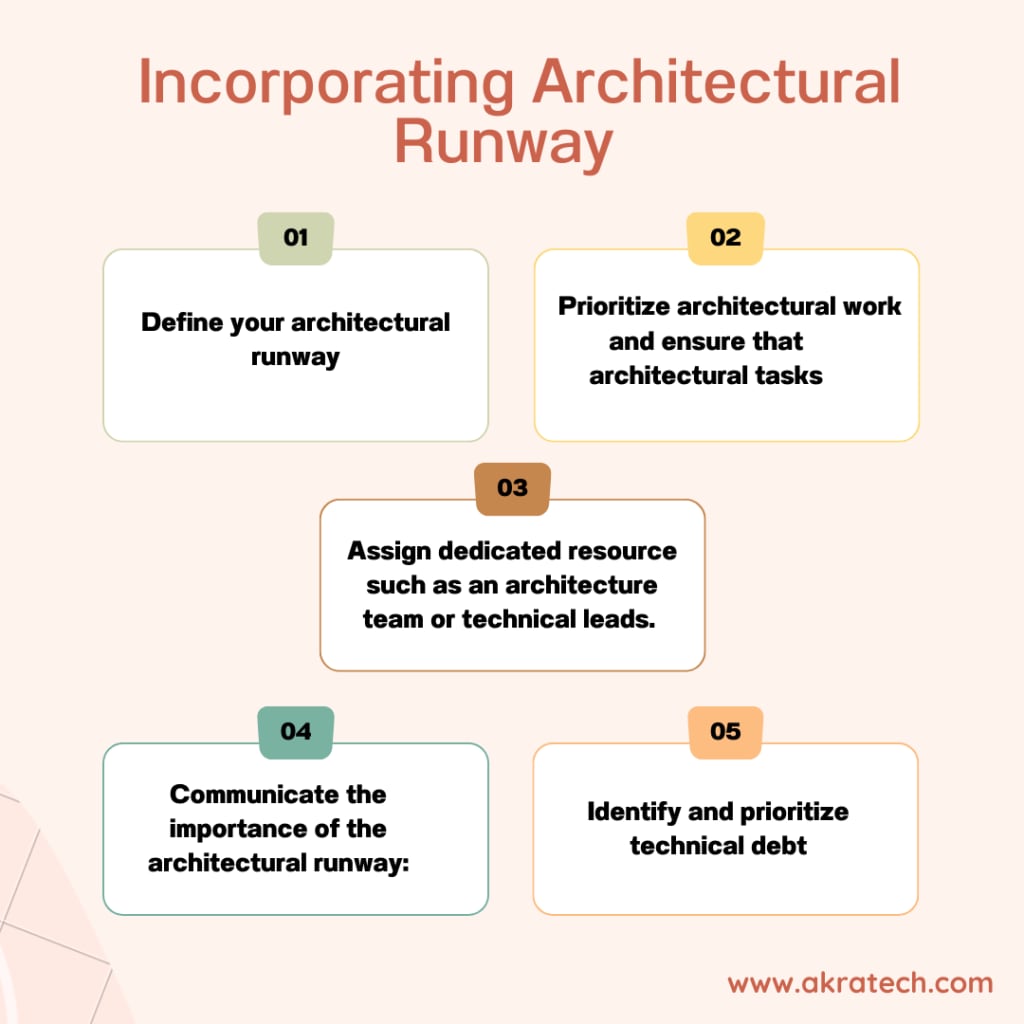Product Management: A Key Player in Your Company’s Success
Product management is a critical function in any organization that wants to stay competitive and innovative. It involves overseeing the entire lifecycle of a product, from ideation to launch and beyond. But where does product management fit in an organization, and how can it help drive growth and success? In this article, we'll explore the role of product management and its importance in today's business landscape.

Product management is a critical function in any organization that wants to stay competitive and innovative. It involves overseeing the entire lifecycle of a product, from ideation to launch and beyond.
But where does product management fit in an organization, and how can it help drive growth and success?
In this article, we'll explore the role of product management and its importance in today's business landscape.
What is Product Management?
Product management is the process of overseeing the development, marketing, and distribution of a product or service.
It involves working closely with cross-functional teams, including engineering, design, marketing, and sales, to ensure that the product meets customer needs and business goals.
Product managers are responsible for defining the product vision, creating a roadmap, and prioritizing features and enhancements based on customer feedback and market trends. They also play a key role in driving innovation and growth within the organization.
The Role of Product Management in Your Company.
Product management is a challenging function in any successful company. It is responsible for ensuring that the company's products and services meet the needs of its customers and align with its business goals.
Product managers work closely with cross-functional teams to define the product vision, create a roadmap, and prioritize features and enhancements based on customer feedback and market trends.
They also play a key role in driving innovation and growth within the organization by identifying new market opportunities and developing new products and services to meet those needs. Without effective product management, companies risk falling behind their competitors and losing market share.
The Benefits of Strong Product Management.
Strong product management can provide numerous benefits to a company.
By having a clear product vision and roadmap, product managers can ensure that the company is focused on delivering products and services that meet the needs of its customers.
This can lead to increased customer satisfaction and loyalty, as well as improved sales and revenue. Effective product management can help a company stay ahead of its competitors by identifying new market opportunities and developing innovative products and services to meet those needs.
Strong product management is essential for any company that wants to succeed in today's fast-paced and competitive business environment.
Key Skills for Successful Product Managers.
Successful product managers possess a variety of key skills that enable them to effectively manage the development and launch of new products.
These skills include strong communication and collaboration abilities.
Deep understanding of the market and customer needs.
Product managers must also be skilled at project management, as they are responsible for coordinating cross-functional teams and ensuring that products are delivered on time and within budget.
Successful product managers are able to think strategically and creatively, identifying new opportunities for growth and innovation within their organization.
How to Build a Strong Product Management Team.
Any business that wants to survive in today's competitive environment must build a strong product management team.
Start by defining the essential traits and talents required for success in this position, such as effective interpersonal and teamwork skills, a thorough knowledge of the market and client demands, and the capacity for strategic and innovative thought.
Once you have identified these skills, search for applicants who not only have them but also fit well with your company's culture.
To help your product managers stay current with the most recent trends and industry best practices, offer regular training and support.
Strategies for Incorporating Architectural Runway in Product Management
As a product manager, understanding the importance of architectural runway is crucial. Learn effective strategies for incorporating it into your product management process.
As a product manager, it's important to consider the long-term viability of your product. One key aspect of this is the architectural runway, or the foundation upon which your product is built. Understanding how to effectively incorporate the architectural runway into your product management process can help ensure the success and longevity of your product.
Step 1: Define your architectural runway: Start by defining your architectural runway, which is the foundation of your product architecture.
This includes the core infrastructure, platforms, and frameworks that support your product development efforts. Ensure that the architectural runway is flexible enough to accommodate future changes and updates.
Align your product roadmap with your architectural runway: Once you have defined your architectural runway, align your product roadmap with it. Ensure that your product development efforts are focused on delivering features and functionality that are consistent with your long-term architectural goals.
Step 2: Prioritize architectural work: Prioritize architectural work alongside product features, and ensure that architectural tasks are included in your product backlog.
This will help ensure that architectural work is not neglected in favor of short-term feature development.
Step 3: Assign dedicated resources: Assign dedicated resources to your architectural runway, such as an architecture team or technical leads.
These individuals should have the necessary expertise and experience to guide architectural decision-making and ensure that architectural work is prioritized appropriately.
Review and update your architectural runway, This may involve:
- Retiring outdated infrastructure,
- Updating platforms and frameworks,
- Making other architectural changes to support evolving product requirements.
Step 4:Communicate the importance of the architectural runway: Ensure that all stakeholders, including product owners, developers, and management, understand the importance of the architectural runway.
This will help ensure that architectural work is prioritized appropriately and that your product development efforts remain aligned with your long-term goals.
Step 5: Identify and prioritize technical debt. Technical debt refers to the accumulated cost of shortcuts taken during the development process that may need to be addressed later on.
To make sure that your product is scalable and sustainable over time, it is crucial for product managers to recognize and prioritize technical debt. This may entail carefully collaborating with your development team to pinpoint potential technical debt hotspots, then prioritising those areas in accordance with how they will affect the entire product plan.
By addressing technical debt early on, you can help ensure that your product remains viable and competitive over the long term.
By staying vigilant and proactive, you can help ensure that your product remains competitive and successful over the long term.
If you have any questions or require guidance on product management, please contact our product management consulting service. With 11 years of experience, our product management consultants are capable of providing solutions to all your queries.
About the Creator
Sneha DP
Sneha is an aspiriring content writter and digital marketer and loves to write about technologies and stories revolving around it.






Comments
There are no comments for this story
Be the first to respond and start the conversation.